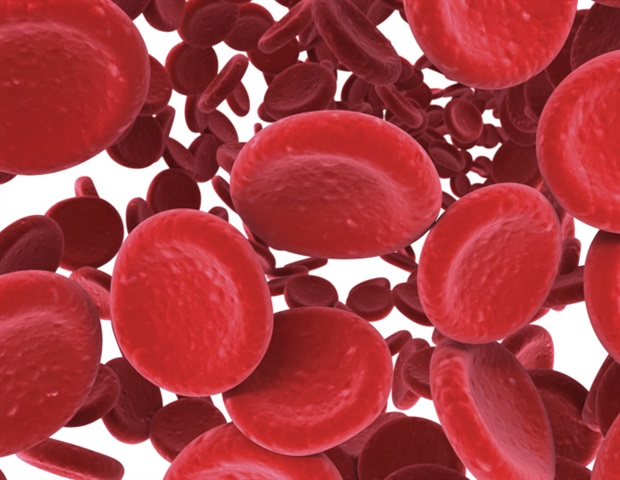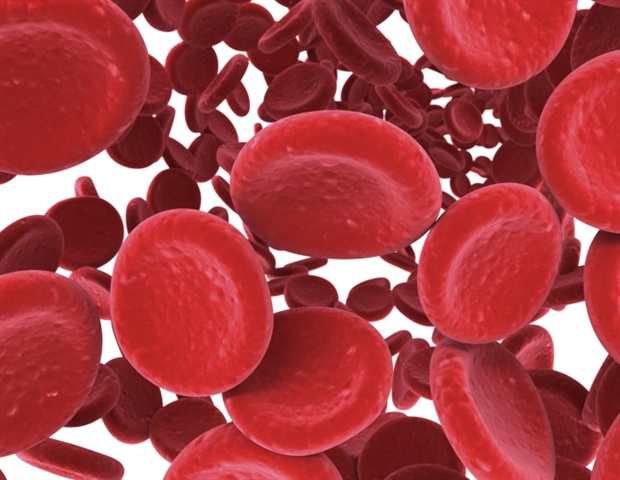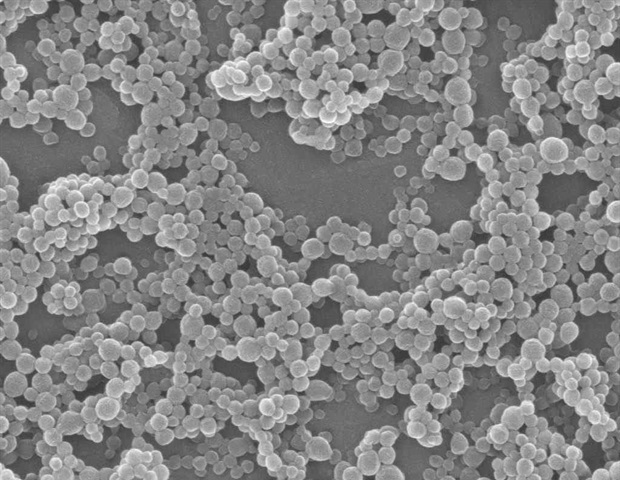
Near-infrared spectroscopy (NIRS) is a noninvasive method used to monitor changes in hemoglobin concentration and oxygen levels in the body. This technique involves passing near-infrared light, primarily in the range of 650 to 900 nm, through tissues. The light is absorbed differently by oxygen-rich hemoglobin (oxyhemoglobin) and oxygen-deficient hemoglobin (deoxyhemoglobin). By measuring changes in the intensities of reflected or transmitted light, NIRS can help in continuously monitoring variations in the concentrations of these two types of hemoglobin and the percentage of hemoglobin molecules carrying oxygen (which indicates oxygen saturation levels).
However, NIRS measurements can be less accurate for people with darker skin tones, as the near-infrared light is absorbed by melanin, the dark color-causing pigment found in the skin. Melanin can reduce the intensity of the light reaching tissues underlying the skin, leading to lower signal-to-noise ratios (SNRs) and potentially inaccurate measurements of hemoglobin concentration and oxygen saturation.
In a study published in the Journal of Biomedical Optics (JBO), researchers led by Assistant Professor Sossena Wood from Carnegie Mellon University explored how varying levels of melanin affect the accuracy and reliability of NIRS measurements.
The study emphasizes the importance of considering the optical properties of melanin in NIRS technology and similar light-based technology development and application, advocating for adjustments in device operation to ensure accurate, inclusive outcomes for all skin types.”
Dr. Sossena Wood, Assistant Professor, Carnegie Mellon University
The researchers measured blood and tissue oxygen levels in the brains of 35 healthy adults aged 18 to 30 using a frequency-domain NIRS (FD-NIRS) system that operated at a modulation frequency of 110 MHz, employing near-infrared light with wavelengths of 690 nm and 830 nm. The participants represented a diverse range of skin tones, which were quantified using a DSM-III colorimeter-;a noninvasive device that assesses melanin concentration via reflective spectroscopy.
The team then examined how melanin levels related to four key measurements derived from the NIRS data: signal quality-indicating SNR; arterial oxygen saturation (SpO2), which indicates the percentage of oxygen-carrying hemoglobin in the blood; tissue oxygen saturation (StO2), which measures oxygen-carrying hemoglobin in the tissues; and the optical properties represented by the absorption coefficient and reduced scattering coefficient, which quantify light absorption and scattering, respectively.
The researchers found that individuals with higher melanin levels-;particularly those with a melanin index above 56-;experienced decreased SNR at 690 nm. This reduction occurs because melanin absorbs more light at this wavelength than at 830 nm. Higher melanin levels also led to lower SpO2 readings. However, melanin was not found to affect StO2 or the absorption or reduced scattering coefficients at either wavelength.
The findings indicate that as melanin levels increase, the accuracy of NIRS measurements decreases. This underscores the necessity of considering melanin when adjusting or calibrating NIRS data. Currently, most NIRS measurements account for differences in melanin using race, ethnicity, or the Fitzpatrick scale, which classifies skin types from Type I (very fair skin) to Type VI (very dark skin).
However, these methods oversimplify skin tones since there are many different melanin levels within and among these groups. To enhance the reliability of NIRS data-;particularly for individuals with darker skin tones-;the researchers advocate for incorporating colorimeter measurements that accurately quantify a person’s melanin levels and using this device to recruit such skin tones in research studies. Furthermore, conducting NIRS measurements using specific wavelengths that are less absorbed by melanin can also improve measurement accuracy. Addressing these factors will ensure accurate assessments of blood oxygen levels and hemoglobin concentrations across all skin tones, leading to better health outcomes and equity in medical care for everyone.
Source:
SPIE–International Society for Optics and Photonics
Journal reference:
Roy, S., et al. (2024). Exploring the impact and influence of melanin on frequency-domain near-infrared spectroscopy measurements. Journal of Biomedical Optics. doi.org/10.1117/1.jbo.29.s3.s33310.







